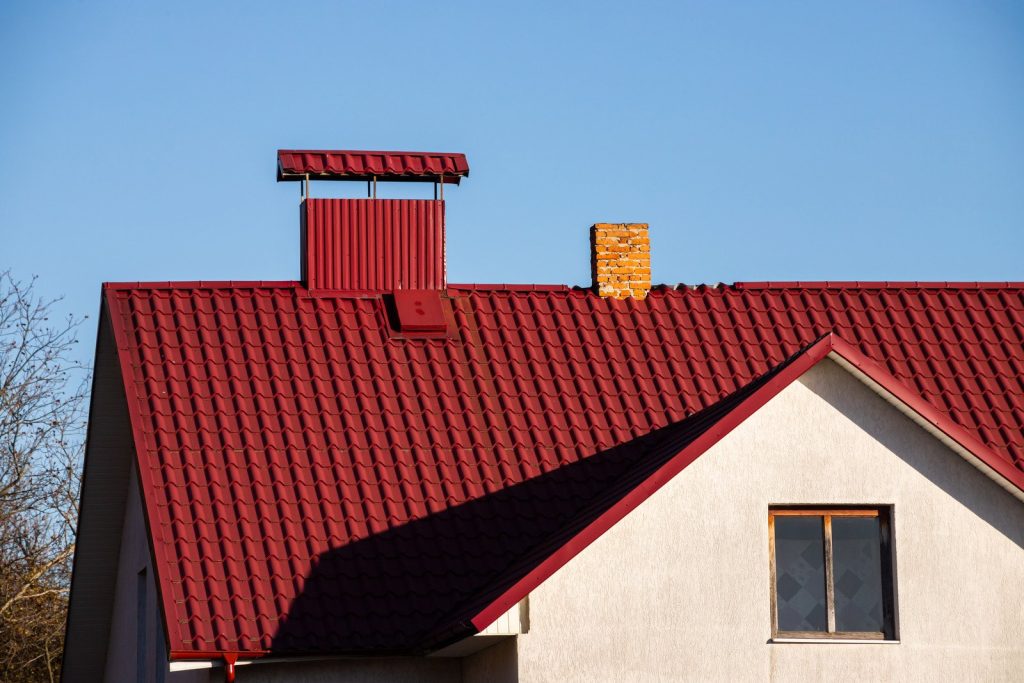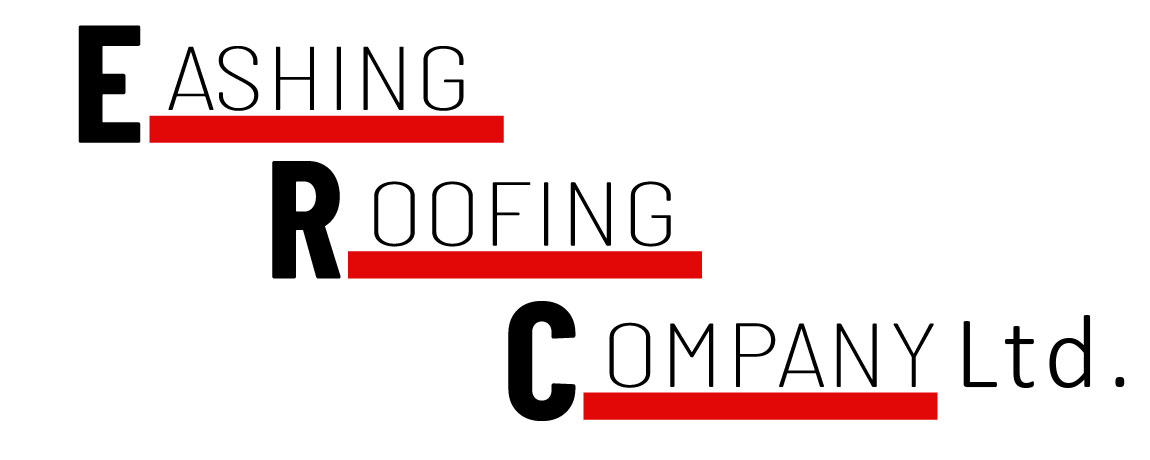Best Roof Types for New Builds in Guildford and Surrounding Areas
As a landlord in Guildford, you might overlook roof inspections, thinking they’re an unnecessary expense. However, failing to address minor issues can lead to significant problems down the line, impacting both your finances and tenant satisfaction. Regular inspections not only protect your investment but can also elevate your property’s value. Understanding the common issues and financial benefits can reshape how you approach roof maintenance. So, what exactly should you be looking out for?

Key Takeaways
- Regular roof inspections help Guildford landlords identify minor issues early, preventing costly repairs and extending the roof’s lifespan.
- Inspections improve property value and tenant satisfaction by ensuring a well-maintained living environment.
- Scheduling inspections twice a year, particularly in spring and autumn, addresses seasonal wear and tear effectively.
- Hiring certified professionals ensures thorough evaluations and protects landlords from potential liabilities.
- Proactive roof care through regular inspections reduces long-term maintenance costs and avoids emergency repair disruptions.
Understanding the Importance of Roof Inspections
While you mightn’t think about your roof often, understanding the importance of regular roof inspections can save you significant time and money in the long run. Conducting thorough inspections can extend your roof’s lifespan, preventing costly repairs down the line.
An effective inspection checklist includes checking for loose shingles, signs of water damage, and the condition of flashing. By prioritising these inspections, you guarantee that minor issues are addressed before they escalate into major problems.
Regular assessments not only safeguard your investment but also improve the value of your property. Remember, a well-maintained roof contributes to tenant satisfaction and can lead to fewer complaints, ultimately enhancing your rental experience.
Don’t underestimate the impact of proactive roof care.
Common Roof Problems Landlords Should Watch For
Regular roof inspections help identify potential issues before they escalate, but it’s equally important to know the common roof problems landlords should watch for.
One significant issue is shingle damage, which can occur due to age, weather conditions, or improper installation. Cracked, missing, or curled shingles can lead to leaks and increased repair costs if not addressed promptly.
Additionally, effective leak detection is vital; water stains on ceilings or walls may indicate a hidden roof leak. Pay attention to granule loss from shingles, as this can compromise their effectiveness.
Make sure you check flashing around chimneys and vents, too, as they’re common leak points. By being vigilant, you can maintain a safe and secure property for your tenants.
The Financial Benefits of Regular Inspections
Prevent Costly Repairs
Investing in routine roof inspections can greatly reduce long-term maintenance costs for landlords in Guildford. By adhering to a structured inspection checklist, you can identify potential issues before they escalate into costly repairs.
Small leaks or damaged shingles might seem minor, but if left unchecked, they can lead to significant structural damage and expensive restorations. Regular roof maintenance not only prolongs the lifespan of your roof but also ensures that minor problems are addressed promptly.
This proactive approach saves you money in the long run, preventing emergency repairs that disrupt your budget. Ultimately, dedicating time and resources to regular inspections can protect your investment and provide peace of mind as a landlord.
Increase Property Value
While it might seem like a routine task, conducting regular roof inspections can greatly boost your property’s value in Guildford.
By prioritising property maintenance, you not only prevent minor issues from escalating into significant problems but also improve your property’s overall condition.
A well-maintained roof signals to potential buyers or renters that the property has been cared for, increasing its market appeal.
This proactive approach can translate into higher rental rates and quicker sales, as prospective tenants and buyers are often willing to pay more for a property that demonstrates attention to detail.
Ultimately, investing in regular roof inspections is a smart strategy that pays dividends in property value and attractiveness in the competitive Guildford property market.
How Often Should Roof Inspections Be Conducted?
Conducting roof inspections regularly is vital for maintaining the integrity of your property.
Generally, it’s advisable to schedule inspections at least twice a year—preferably in spring and autumn. This frequency allows you to address any seasonal considerations, such as wear and tear from winter storms or summer heat.
If your property is located in an area prone to extreme weather conditions, you might want to increase the inspection frequency to quarterly.
After significant weather events, like heavy rain or hail, an immediate inspection is also essential.
What to Expect During a Roof Inspection
When you schedule a roof inspection, you can expect a thorough evaluation of your roof’s condition and structure.
The inspector will use a detailed inspection checklist to assess various components, including shingles, flashing, gutters, and ventilation systems. This checklist ensures no potential issues are overlooked, helping you identify necessary repairs or maintenance.
Typically, the inspection timeframe lasts between one to two hours, depending on the roof’s size and complexity. Throughout the process, the inspector may take notes, photographs, and may even provide immediate feedback on critical areas needing attention.
Choosing the Right Professional for the Job
After gaining a clear understanding of what to expect during a roof inspection, the next step is selecting the right professional to conduct the assessment.
You’ll want to hire certified inspectors who’ve the necessary roofing credentials to ensure a thorough evaluation. Start by checking their qualifications, including licences and insurance, to protect yourself from potential liabilities.
Look for professionals with a solid reputation; online reviews and referrals can be invaluable here. It’s also wise to ask about their experience with properties similar to yours, as specific challenges can arise depending on the building type.
Maintaining Your Roof Between Inspections
Regular maintenance is essential for preserving the integrity of your roof between inspections. By actively engaging in roof maintenance, you can identify potential issues before they escalate.
Start by regularly checking for debris, such as leaves or branches, which can trap water and cause damage. Inspect flashings and seals for any signs of wear, as these often require minor repairs. If you notice cracked or missing shingles, address them promptly to prevent leaks.
Cleaning gutters is vital; clogged gutters can lead to water buildup and structural damage.
Finally, document any repairs or observations to share with your inspector during the next scheduled inspection. By taking these proactive steps, you’ll extend your roof’s lifespan and safeguard your property investment.
Frequently Asked Questions
Can I Conduct Roof Inspections Myself?
Yes, you can conduct DIY inspections, but make sure you take safety precautions like using a harness and checking for structural integrity. However, professional assessments often catch issues you might overlook, providing a thorough evaluation.
What Qualifications Should I Look for in a Roofing Professional?
When hiring a roofing professional, look for relevant roofing certifications and substantial inspection experience. These qualifications ensure they understand the complexities of roofing systems, helping you make informed decisions about maintenance and repairs.
How Do Weather Conditions Affect Roof Inspections?
Weather conditions greatly influence roof inspections. Rain can obscure damage, while snow accumulation adds weight, potentially causing structural issues. Regular assessments during varying weather ensure you identify and address any problems before they escalate.
Are There Specific Signs of Damage to Look for After a Storm?
After a storm, check for missing shingles, leaks, or visible cracks. Use an inspection checklist to ensure you assess all areas thoroughly. Identifying storm damage early can prevent costly repairs and further deterioration.
What Is the Average Cost of a Roof Inspection in Guildford?
The average inspection costs in Guildford typically range from £100 to £300. Pricing factors include roof size, type, and accessibility. It’s wise to compare quotes and consider the inspector’s experience for a thorough evaluation.
Conclusion
In summary, regular roof inspections are essential for Guildford landlords looking to protect their investment. By identifying issues early, you can save on costly repairs and improve your property’s value. Conducting inspections at least twice a year not only ensures tenant satisfaction but also minimises the risk of unexpected emergency repairs. By prioritising roof maintenance and choosing qualified professionals, you can safeguard your property and enjoy peace of mind, knowing you’re taking proactive steps towards effective property management.
